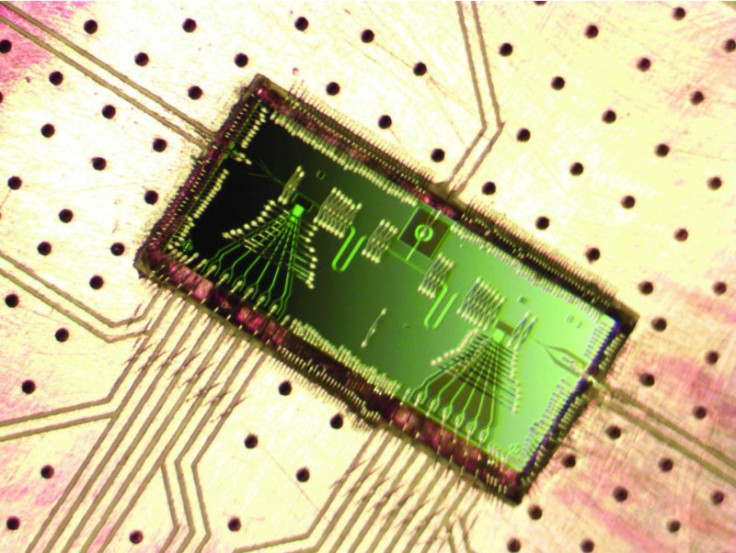Rice-sized laser signals major step forward for quantum computing

A laser the size of a grain of rice has been developed that demonstrates a major step forward in the development of quantum computers.
Researchers at Princeton University built the microwave laser, or "maser", using thin nanowires to link up artificial atoms known as quantum dots. By joining them together to form "double dots" it proved possible to use them as quantum bits (qubits) - a key component of quantum computers.
What is quantum computing?
Quantum computers replace traditional bits (1's and 0's) that are used in digital communications with quantum bits, or qubits. Qubits, act in a state of superposition that allow them to operate in multiple states at once (both a 1 and a 0 at the same time), rather than just the two states in which traditional bits function - thus exponentially increasing computing power. Potential applications can be found in a variety of fields, from medicine to space travel.
Single electrons tunnelling through quantum dots serve to power the laser, meaning the laser consumes one billionth of the electric current needed to power a hair dryer.
"It's basically as small as you can go with these single-electron devices," said Jason Petta, lead author of the study. "It is like a line of people crossing a wide stream by leaping onto a rock so small that it can only hold one person.
"They are forced to cross the stream one at a time. These double quantum dots and zero-dimensional as far as the electrons are concerned - they are trapped in all three spacial dimensions."
The maser was built by placing two double dots in a cavity made of the superconducting material niobium at a distance of 6 millimetres. According to the researchers this represents a substantial distance.
"The goal was to get the double quantum dots to communicate with each other," said Yinyu Liu, a researcher working in Petta's lab.
The discovery could also bode well in areas beyond quantum computing. Better understanding of quantum dots could help improve the look of LCD screens used on televisions and smartphones, an area that companies like Apple, Amazon and Samsung are currently experimenting.
A paper detailing the scientist's findings is published in the 16 January issue of the journal Science.
© Copyright IBTimes 2025. All rights reserved.






















